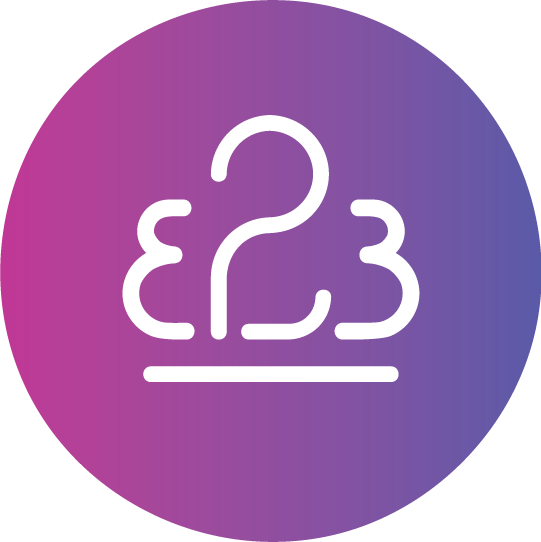
The job of a real leader is to assist or facilitate a working environment where employees can feel they can give a contribution, feel valued and reach their full potential. Unfortunately, some leaders are still in the micromanagement.
So, why do some employees feel like they can’t achieve it? Why are they fighting for a breath of fresh air? Why do they lose self-confidence and cope with stress and anxiety?
One of the main reasons is that they are micromanaged.
Micromanagement occurs when superiors have the need to control each aspect and process in the company. They think of themselves as authority figures, demanding approval for every task and thinking they know best.
They are doing that way because of a lack of trust in their team members, lack of adequate communication skills or maybe wish for everything to be perfect.
Micromanagers are often going into details and losing the big picture. However, fear also plays a big role here. Fear of losing control. Fear that team members might surpass them in skills or expertise. Fear of losing the position.
Micromanagement can be prevented by:
- Building trust and providing opportunities for open communication
- Encouraging regular feedback
- Ensuring that employees have a clear understanding of what is expected from them
- Leading by example
- Encouraging skills development through somatic coaching
Results of somatic coaching for leaders struggling with micromanagement
- You will have a deeper understanding of the impact on others
- You will develop body awareness, learn to recognize what triggers your micromanagement tendencies
- You will manage emotions better and respond to triggers in a more balanced way
- You will build trust and collaboration through more effective communication
Results of somatic coaching for employees to breathe normally
- Employees negotiate for more autonomy and trust
- Employees learn how to navigate conversations with their managers, express their concerns
- Employees develop a greater sense of self-awareness
- Employees become more attuned to their emotions, body sensations, and stress responses
There is a way out. Both leaders and employees can break free from micromanagement and breathe normally again.












